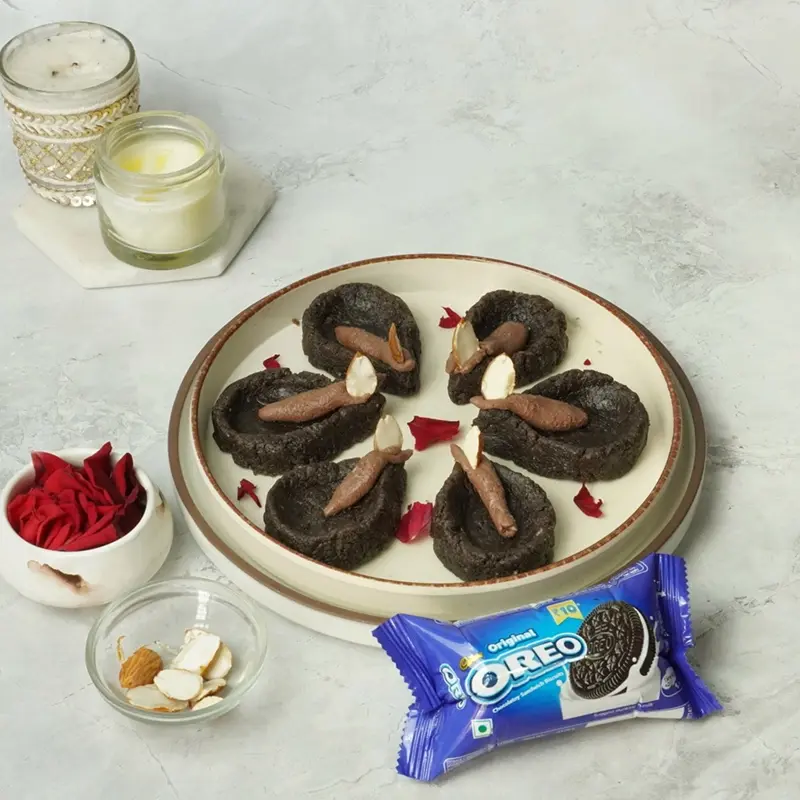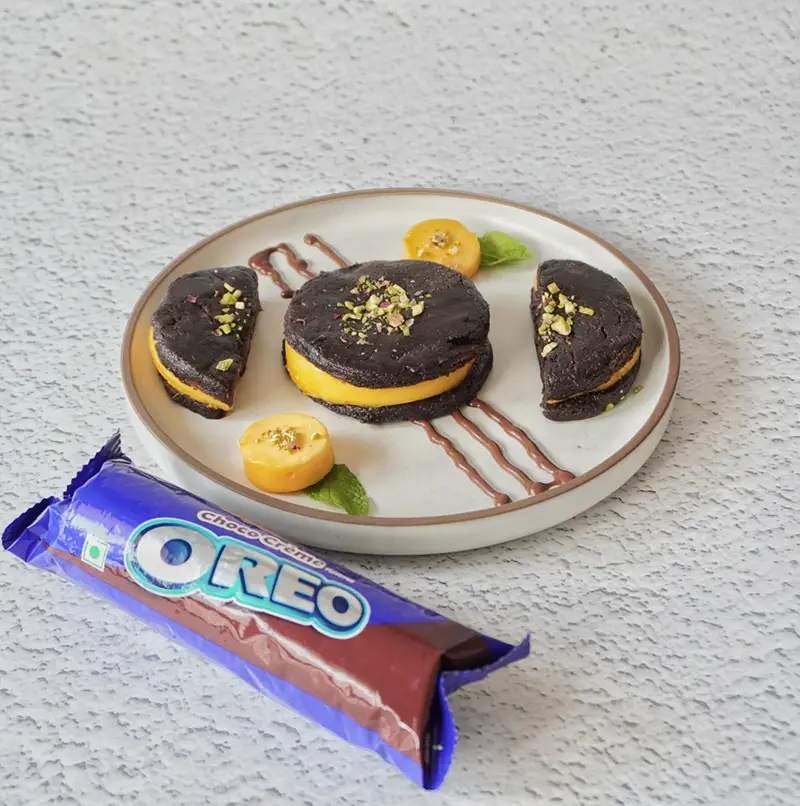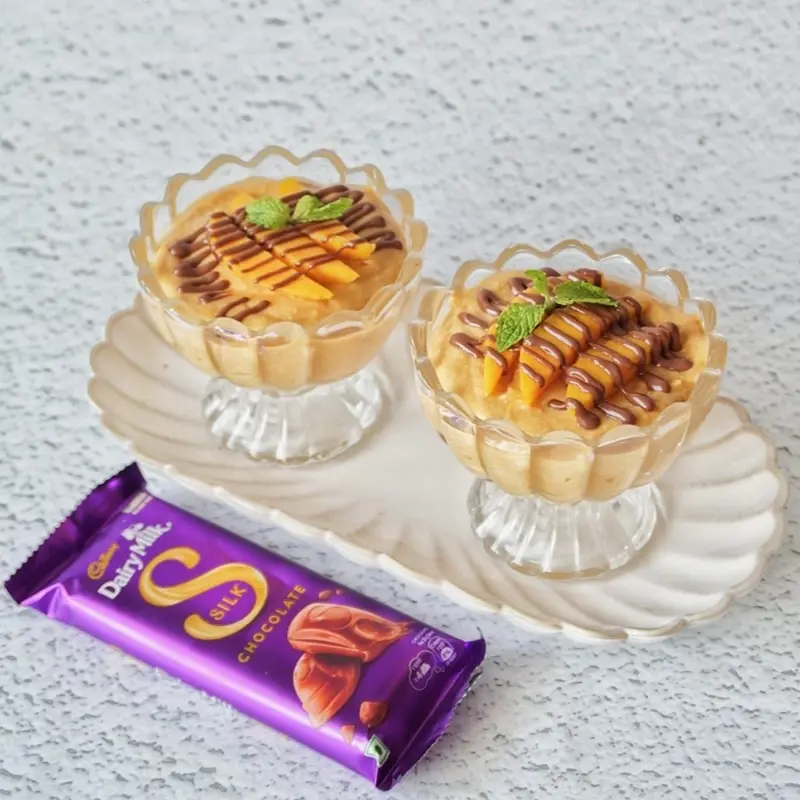Did you know dal can be dessert too? Lentils or dal can be used to make different varieties of kheers and here’s a breakdown of some of the most popular versions

The tradition of dal-based kheer has been a longstanding one in Indian cuisine. While most grains can be used to make a rice pudding, payasam or kheer, some varieties have an edge in terms of taste and texture. While rice is the most common grain used for making kheer, many other grains can be used to make kheer. Wheat grains or broken wheat (dalia) can be used to make a hearty and wholesome kheer since it easily absorbs flavours. Sago or Sabudana is often used to make a lean kheer which is a popular choice during religious fasting periods
There’s also sooji or semolina, barley etc that can be cooked down and used for kheer. But dal or lentil is one of the most interesting grains you can use for a kheer recipe. Most dal varieties have an inherent savouriness which is the perfect component for highlighting sweetness in a kheer, even if you use less sugar. Dal can be cooked down quite easily and it takes only a few minutes to tenderise lentils, which means your kheer can be as creamy as you like. Not to mention they can be a healthier alternative to dairy-based lheer which tends to use whole-fat milk, cream or khoya. Here are some of the best dal-based kheers in Indian cuisine
Chana Dal Kheer
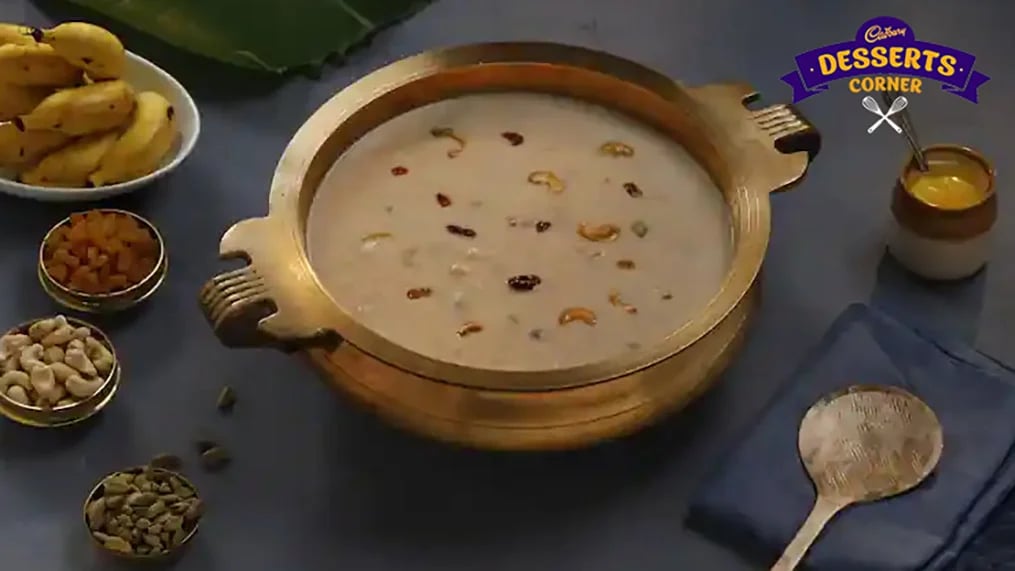
Chana dal, or split chickpeas, takes centre stage in this variant of dal-based kheer. Chickpeas are not completely smashed for this recipe; they retain some of their texture so the kheer is quite creamy. The lentils are soaked, boiled until tender, and blended into a smooth paste. The earthy and slightly nutty flavour of chana dal provides a distinct character to the kheer, complementing the sweetness of milk and sugar. It’s usually garnished with chopped almonds and cardamom and it’s not just a great alternative for a dairy dal but also a protein-enriched dessert that is ideal for fitness enthusiasts
Masoor Dal Kheer:
Masoor dal, or red lentils has an earthiness which lends an interesting accent to the mild sweetness in this kheer. The lentils are boiled and blended into a creamy consistency, seamlessly integrating with the milk and sugar. A good way to counteract its raw earthiness is to add in honey as the kheer is cooking. Masoor dal payasam’ recipes sometimes call for using light rice along with dal for a seamless texture; however, if you want a smooth and creamy kheer and a strong earthy profile, you can skip the polished rice. Garnish it with crushed pistachios and a hint of saffron
Mung Dal And Gur Kheer

Mung dal, also known as split green gram, is easy to blend into a creamy base which makes it a great option for a kheer. Instead of the traditional sugar, this version is sweetened with jaggery or gur, which is a natural sweetener with a distinct smokey flavour. Mung dal does not have a strong flavour component to it and needs seasoning; the use of jaggery introduces a caramel-like sweetness and depth to the kheer and when seasoned with delicate spices like kesar or cardamom, it enhances its overall warmth and complexity.
The addition of peanuts also introduces a subtle crunch and nuttiness, creating a well-rounded dessert that’s not overly sweet.
Urad Dal Kheer:
Urad dal, or black gram, dal is considered the best dal in Indian cuisine, in terms of taste. It has a natural richness which is why it’s usually the base for richer dal recipes like dal makhani or dal bukhara. It has a robust savoury profile and a slight butteriness; when boiled and blended urad dal imparts a distinct creaminess to kheer, enhancing its overall texture. Some variants of urad dal can be tough and need to be boiled down to tenderness. For bst results,. Soak urad dal in water overnight so it loses its denseness and is easier to cook or soften. You can also mash it with some butter which enhances its richness
Like This Article?
More Like This
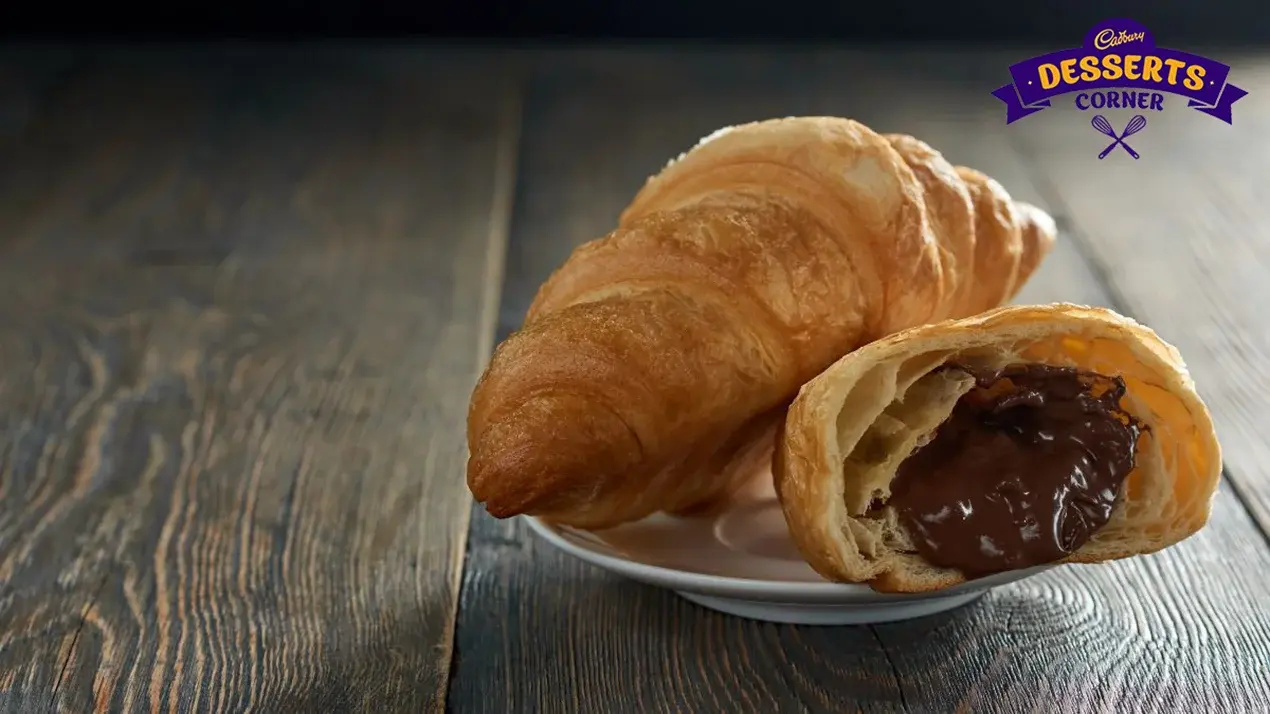
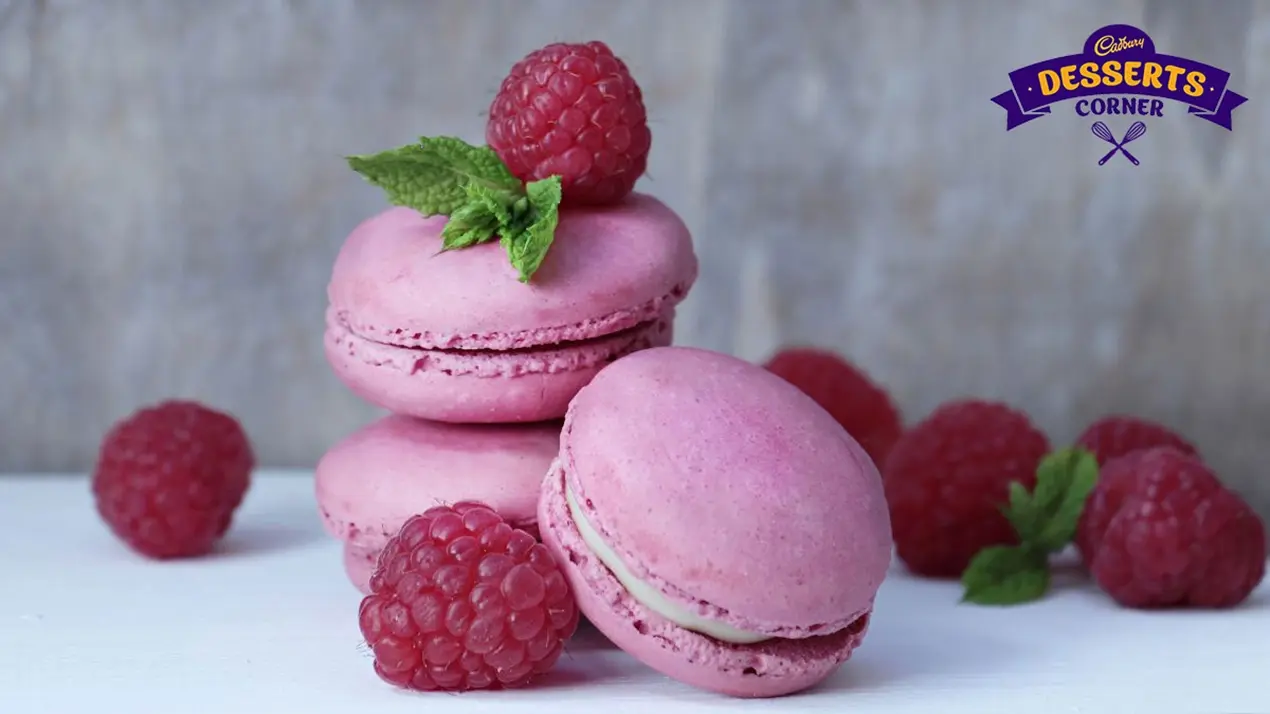

Popular Articles


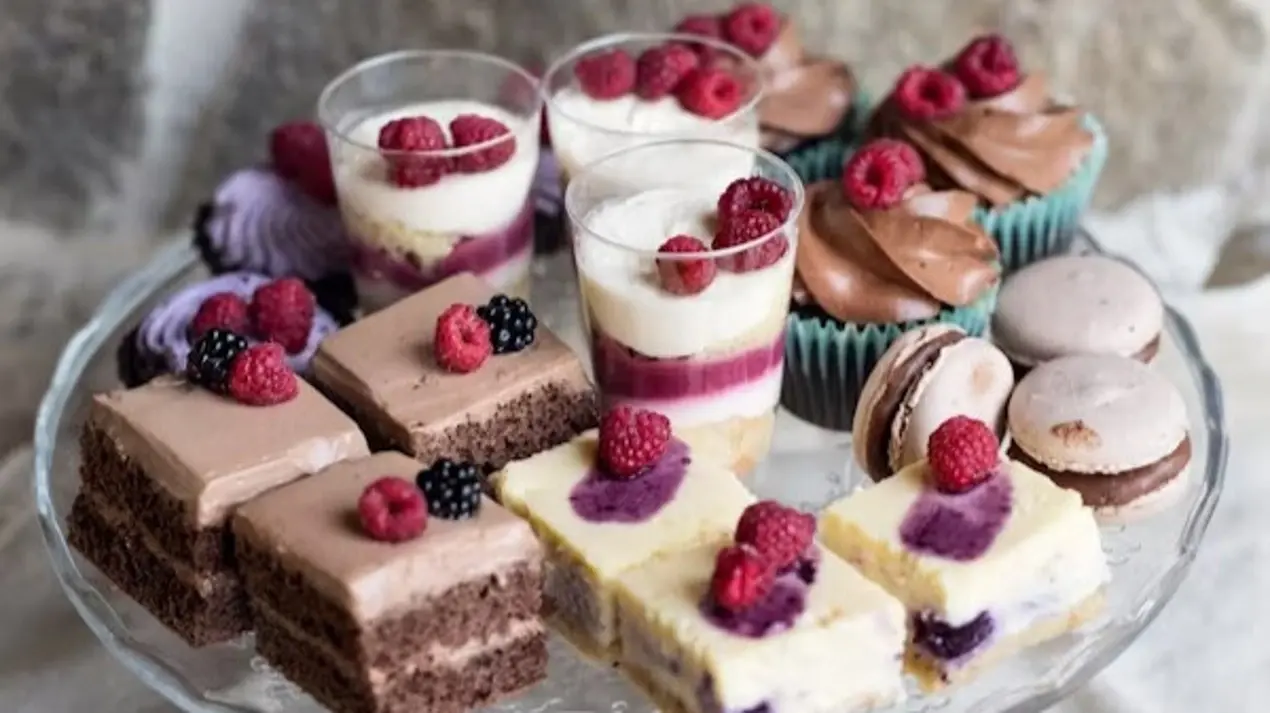


Trending Web Stories
Curated Recipes
